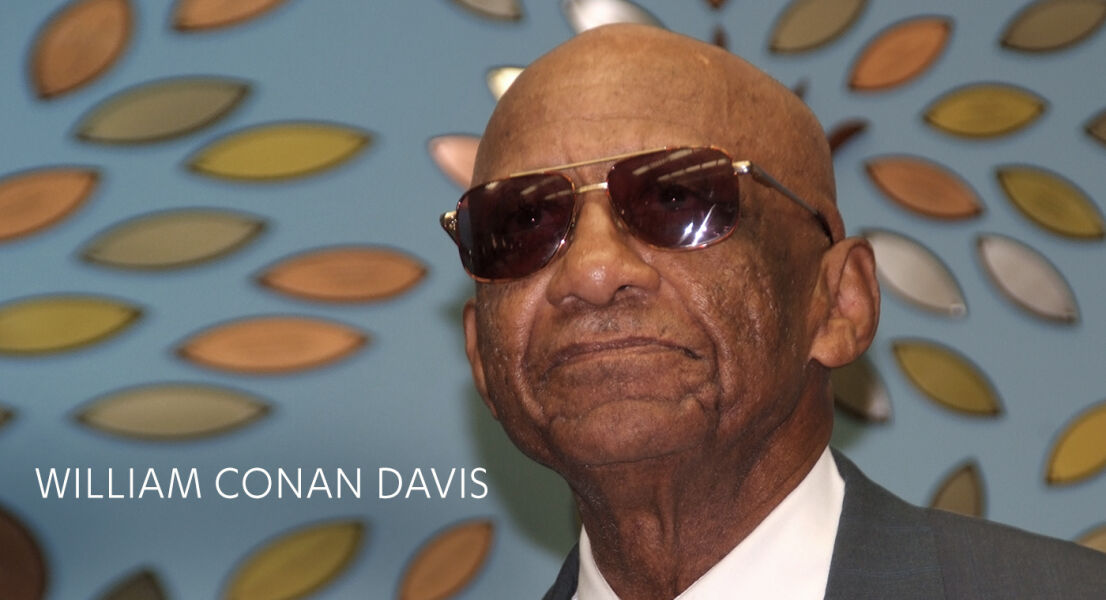
Food Chemist
Instant mashed potatoes, softer soft ice cream, and Dasani water
Professor Emeritus, St. Philip’s College
William C. Davis’s remarkable career as a researcher was set in motion when his father took him on a road trip from the family’s home in Valdosta, Georgia, to the Tuskegee Institute in Alabama, more than 300 miles away. There, the young Davis attended a workshop with George Washington Carver and Henry Ford. Seeing African-American professors and scientists in action inspired Davis to become a research chemist.
After he graduated from his Georgia high school, his parents sent him to New York City to live with his older brother, the actor and civil rights activist Ossie Davis, and prepare for college. He next completed a B.S. in chemistry at Talladega College in Alabama and returned to the Tuskegee Institute in 1956, where he received an M.S. in organic chemistry. Davis was determined to pursue a Ph.D. in research—an extremely difficult goal for a black student at the time. The University of Idaho was the only institution willing to accept him as a research-track grad student.
In Idaho, he began studying the process of sloughing, the breakdown of plant materials, in potatoes. In the summer, he was hired at nearby Washington State University to study the build-up of particles on saw blades in lumber mills, and isolated a sticky polysaccharide called arabinogalactan that was causing the problem. When Davis returned to his potato research, he found that adding arabinogalactan to his potato mixtures resulted in a fluffy, smooth compound—new, improved instant mashed potatoes. He later isolated a sugar that makes soft-serve ice cream smoother as well as a wood sugar now used in industrial glue to make compressed wood. The potato research was the focus of his doctoral thesis.
Ph.D. in hand, Davis began to explore human health, studying hay fever antigens, learning radioimmunoassay techniques, and spending nearly 15 years as director of United Medical Laboratories in Portland, Oregon. He helped establish a free medical clinic in Portland’s Albina neighborhood before relocating to San Antonio, Texas, where he became a chemistry professor at St. Philip’s College. There, working with colleague Lanier Byrd, he studied the characteristics of drinking water and co-created the formula for Dasani brand water. Upon his retirement in 2009, the science building at St. Philip's College was named in Davis’s honor.
